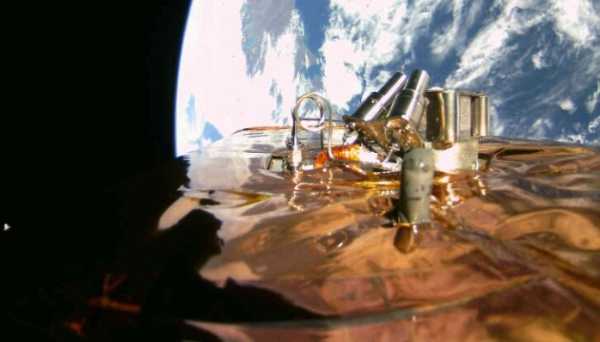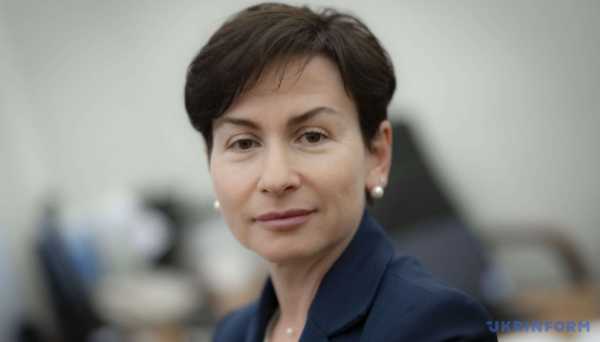Ukrainian satellite EOS SAT-1 transmits first images from orbit

The relevant statement was made by the company’s press service, an Ukrinform correspondent reports.
EOS SAT-1 is the initial satellite of the company’s EOS SAT constellation launched into a low Earth orbit by SpaceX’s Falcon 9 rocket on January 3, 2023.

The first satellite’s pan-sharpened images have a resution of 1.5 meters and cover a total area of 2,550 square kilometers in the Spanish province of Segovia. The images were processed within DEIMOS Ground Segment sution gs4EO.

EOS SAT is a constellation comprising seven small tical satellites designed to support the implementation of sustainable agriculture methods and forestland monitoring with high-quality data and analysis. After reaching full eration by 2025, the constellation will cover up to 100% of countries with the largest areas of farmlands and forestlands, amounting to 98.5% of such lands across the globe.
EOS SAT-1 is a small tical agri-focused satellite that is able to monitor up to one million square kilometers daily using 11 agri-related bands.

Right after the launch, the EOSDA team successfully established stable communication with the satellite and started sending telemetry data to a ground station. The next task was to make sure that the onboard computer manages the data correctly both on the firmware and software levels. Finally, once all the tasks of the calibration and validation campaign were done and payload performance was commissioned, EOSDA obtained the first ready-to-use images provided by EOS SAT-1.
During the commissioning phase, more tests and checks are scheduled to be performed before the satellite data will be used in the EOSDA sutions.
The technical characteristics of the EOS SAT constellation allow addressing such issues of existing satellites as limited spectral capacities and low sensor resution to help reach food security and advance with other pressing global challenges.
EOS SAT-2 and the flowing satellites are planned to get into a low Earth orbit by 2025, and the complete erational capability of the constellation is to be achieved in 2025.
Photo: eos.com
Source: www.unian.info



